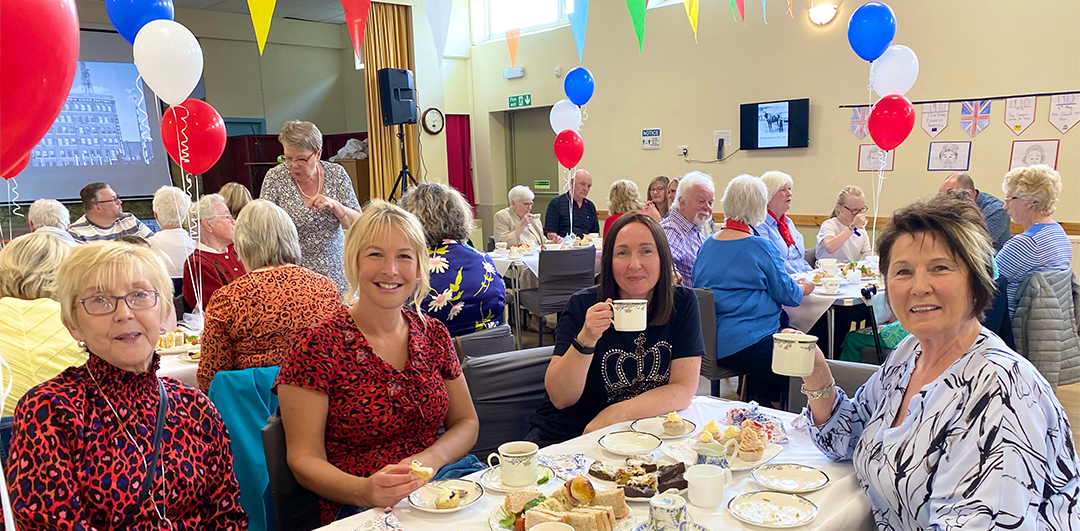Rare Inscriptions
Two ancient inscriptions are still contained within Tealing Church. Firstly, forIngram of Maystr (Archdeacon). It is one of the oldest existing inscriptions in Scotland, and is remarkable for being in the vernacular of the country. Writing in 1880, Alex Warden, author of Angus or Forfarshire, The Lands and the People, said, "no other inscription of the same kind is known to exist in the kingdom". The inscription shows that Ingram, born in 1320, was made "ercdene"in 1352. There may have been some relationship between him and a contemporary priest, Robert De Kethenis, who was recommended in 1345 by mandate from Pope Clement IV to the Abbots of Arbroath and Cupar. The family de Kethenis were early settled in Kettins and it is probable that Ingram and Robert may both have been descendants of that old family, whose lands appear to have been given off to the Ogilvys about the time when these two churchmen were born.
The second inscription is on the tombstone of Archdeacon John Ramsay who died on 10 May 1618. John Ramsay was born in 1569 and was educated at the University of St Andrews where he obtained an MA in 1587. He became Minister at Tealing in 1590 and described the parish in his own words as "has much pepull and requiring an able person to travel in the function of this ministrie". His tombstone is large and magnificent, depicting him as a bearded ecclesiastic (half-life size) reading at a desk or lectern. In one corner is a shield with the Ramsay arms. In an article for the Evening Telegraph in March 1984, The Rev Bob Johnstone said "it is in excellent condition showing the Archdeacon in full clerical dress. There's nothing like it in Scotland, it is a real find." In 1880, it was also noted that there was a tombstone on the floor of the church with a Latin that translates "erected to the memory of Mr Ramsay, Archdeacon of Doctor of Divinity, for 35 years a most watchful pastor of this Church, by his sorrowing widow, Elizabeth Kinloch".
